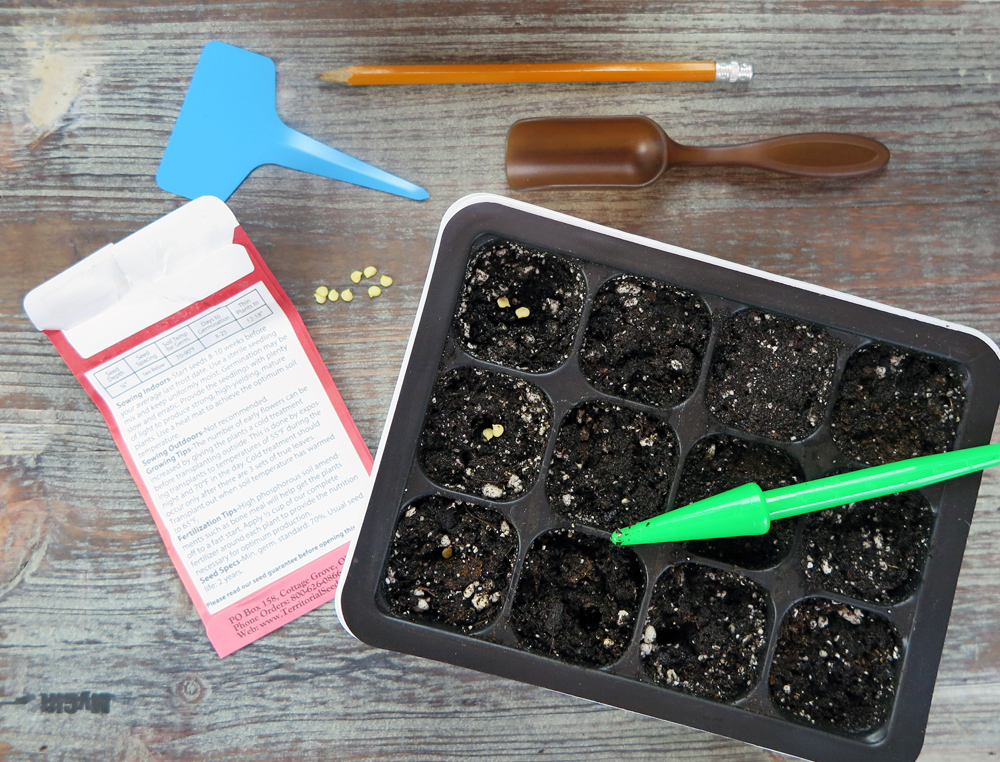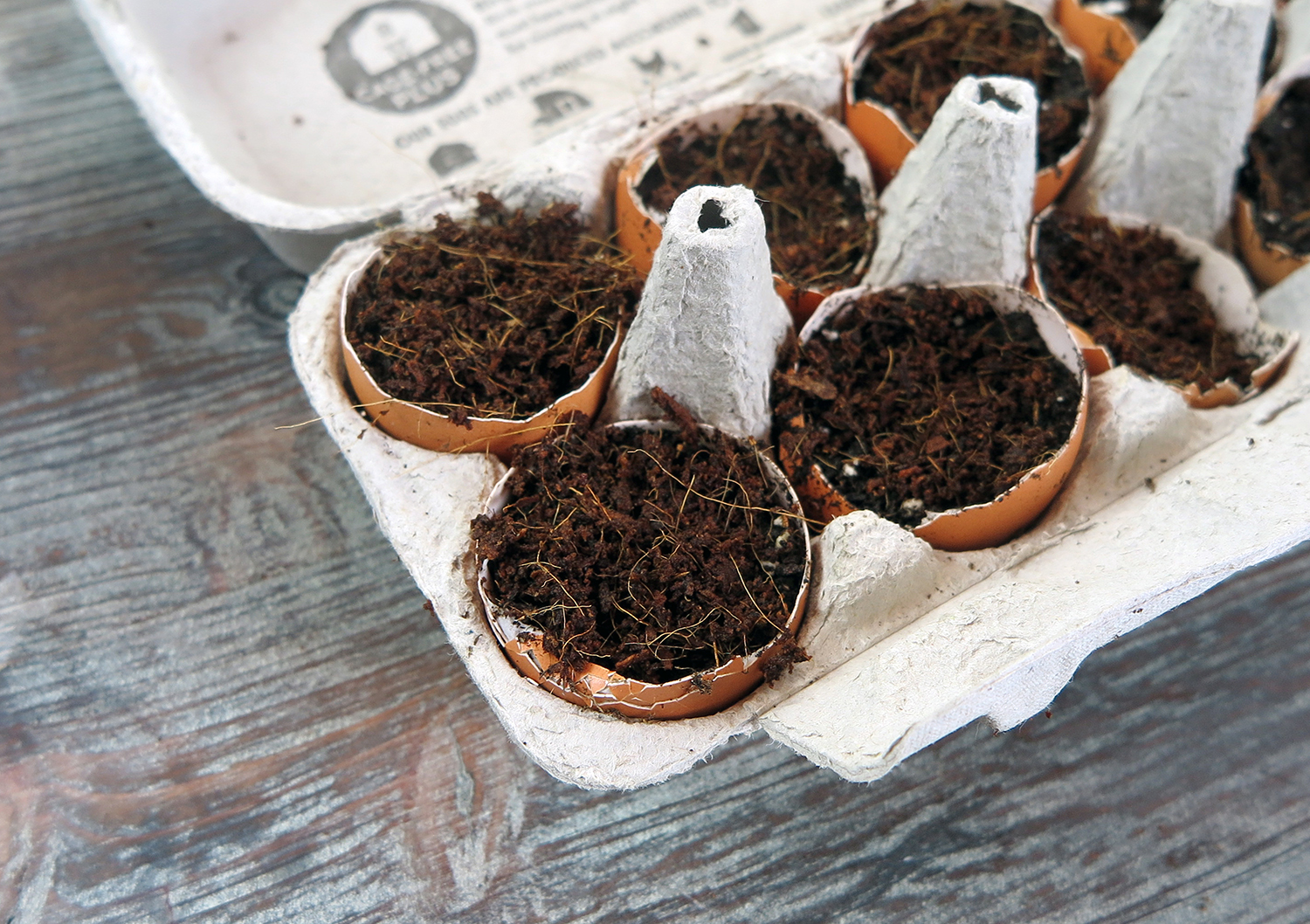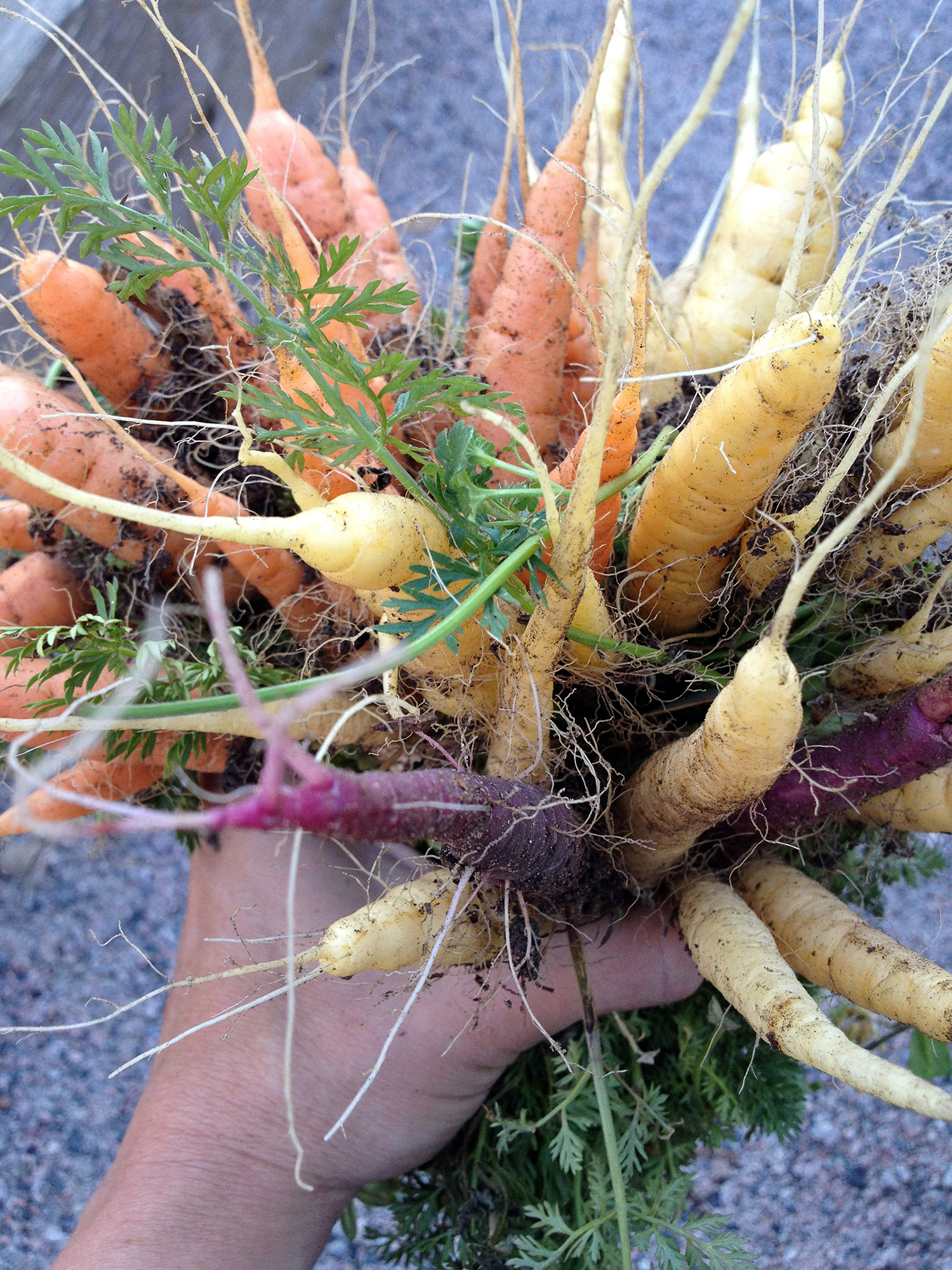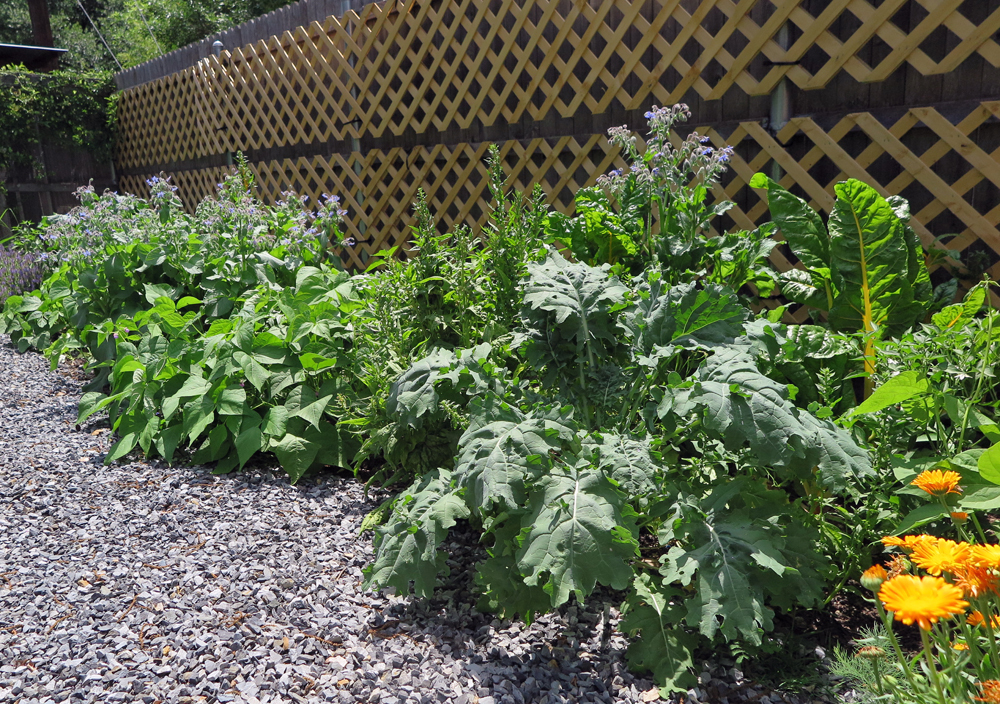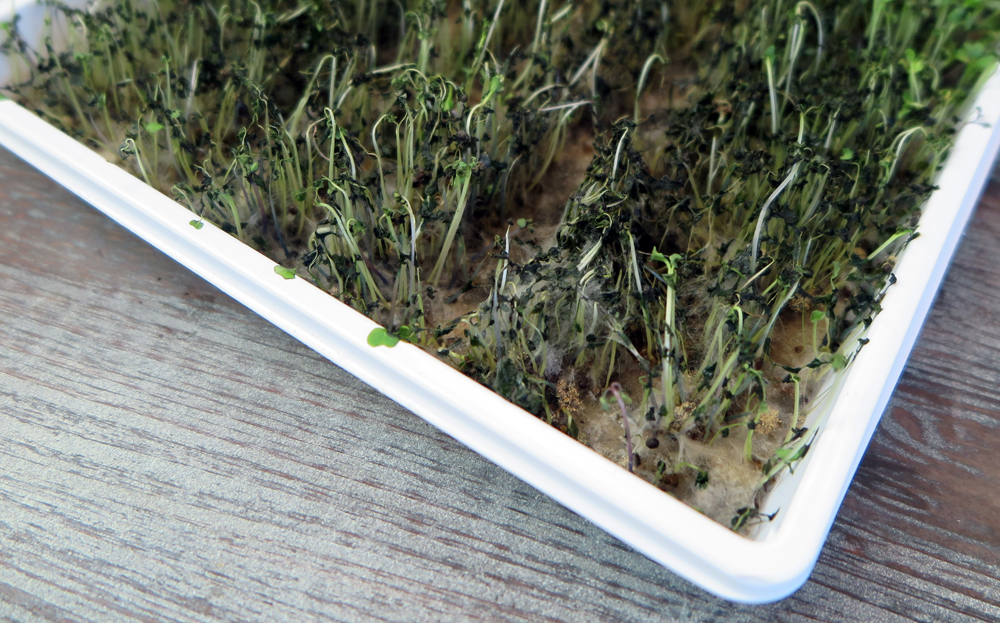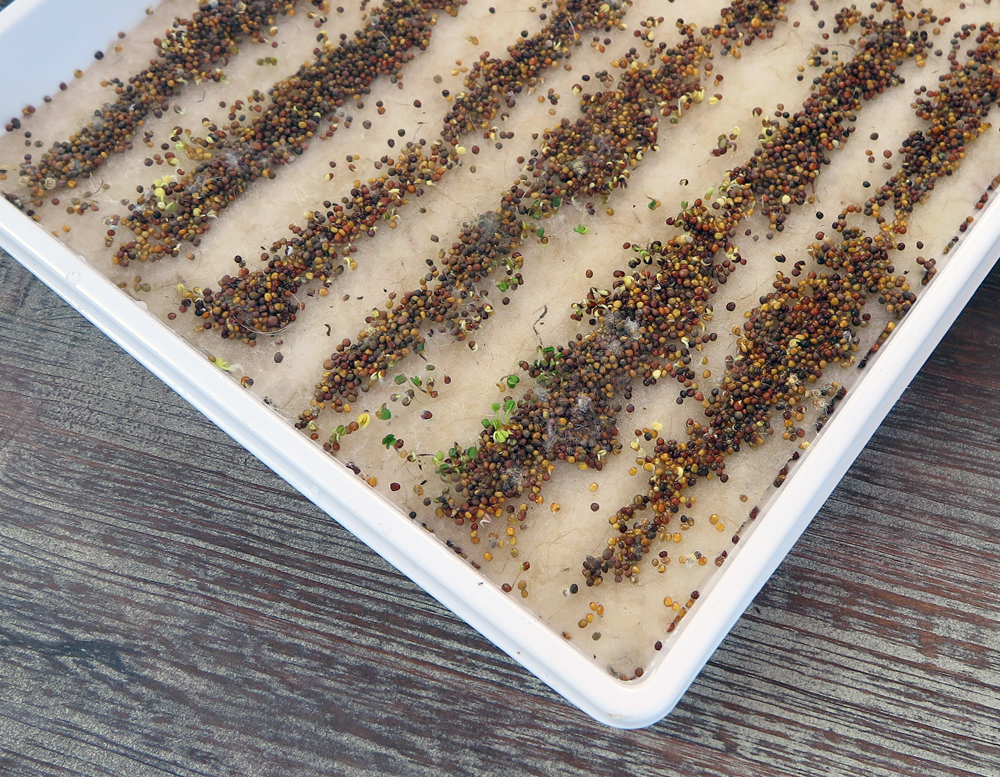SUCCULENTS: Little Prince of Oregon Plant Unboxing!
March 31, 2020
Unboxing: Succulents for Your Indoor Garden
If you know me, you know I'm a big fan of tiny plants and unusual succulents, and am always on the hunt for new plants to collect. With many of you sheltering in place right now and spending a lot of extra time with your gardens and houseplants, I thought now would be a great time to share one of my favorite online retailers of unique plants.
I recently received a box of amazing Petite Prince succulents (some in their Plant Poppers line) from Little Prince of Oregon Nursery and wanted to share some of the amazing tiny plants they sent me. I'm often asked which type of succulents can be grown indoors with lower light levels, so I in the video I thought I'd share some of the plants I received that are perfect for beginners or indoor gardeners without a lot of space, specifically species and varieties of Haworthia.
At the end of my video I list all of the species Little Prince included in my box, and below I've added photos and descriptions of the species they currently have available at their retail shop. There were a few species I received that they don't quite yet have available, so I'll include those on a future post once they are ready!
Available Plants Included in my Unboxing
Click on the images of each plant if you want to visit the Little Prince retail shop!
Haworthia chloracantha var. denticulifera
So, I believe the current accepted botanical name for this plant is Haworthia chloracantha var. denticulifera - however it may be sold under the synonym Haworthia angustifolia or Haworthia angustifolia var. denticulifera (but I understand these to be older now synonyms - if you ave updated info on this please let me know!)
is an easy-to-grow haworthia featuring adorable, narrow, lanceolate leaves in a dense clump. I love this species because it looks fairly different from many other Haworthia. Tiny and compact for tiny pots! Low to Medium light.
Alligator Plant, Haworthia tessellata
Haworthia tessellata is an interesting, star-like rosette of thick, rough, green succulent leaves with distinct veining that looks oddly like alligator skin. In full sun the tough leaves will turn brownish-red in color. I absolutely love the striking leaf pattern on this species and it can be kept in truly tiny pots. Low to Medium Light.
Thimble Cactus, Mammillaria gracilis fragilis
This adorable, compact-growing cactus, nicknamed Thimble Cactus, features bright green cylindrical offsets each with a network of white spines. The offsets have a tendency to roll off, so handle with care. In fact, you won't always find this species shipped from online sources because it's so delicate (hence the subspecies fragilis). You need bright light for this cactus so place it under grow lights.
Echeveria globulosa
Echeveria globulosa is an adorable succulent with tiny, chunky, pointed leaves growing in a dense rosette. SO PHAT. New growth will emerge lime green and upright, but mature to blue-green and more outward-facing. Medium to bright light.
Echeveria chihuahensis
Echeveria chihuahensis features chunky, scalloped, bluish-gray succulent leaves with pink margins and tips in a rosette. The pink color intensifies when the plant is joyfully stressed. A really beautiful and colorful tiny specimen for medium to bright light.
Haworthia ‘Universe’
This form of Haworthia features thin, upward turned lanceolate leaves with white spots and ribs. Provide a well-drained soil away from reflected heat. Once established, water infrequently during the hot season. Fabulous foliage contrast and texture. Low to Medium Light.
Fairy Washboard, Haworthia limifolia
Nicknamed Fairy Washboard for its characteristic white, raised ridges, Haworthia limifolia is sure to impress! Features dramatically whorled, outward growing leaves. Haworthia is a small, slow-growing, low maintenance plant. Low to Medium light.
Leatherpetal, Echeveria rusbyi
Echeveria rusbyi, also called Leatherpetal, features adorable rosettes with dusty pinkish brown to blue-green leaves. Will grow in a tight cluster of rosettes. Displays white to yellow, star-shaped flowers with red banding. Medium to Bright light.
Zebra Plant, Haworthia ‘Superfasciata’
Haworthia ‘Superfasciata' is a s temless, clustering succulent with green pointed leaves wearing white spots. A small, slow-growing, low maintenance plant. It will bloom in summer with small white flowers. Provide a well-drained soil away from reflected heat.Low to Medium light.
Haworthia herbacea
Haworthia herbacea is a slow growing succulent featuring yellowish-green foliage with firm, hairy spines and glassy white edges. Pointed leaves curve upwards in a dense rosette that is low to the ground. It will bloom in summer with creamy-white flowers with pink tips. Low to Medium Light.
Sedeveria ‘Blue Elf’
Sedeveria ‘Blue Elf’ (Sedum x Echeveria) is a wonderful hybrid succulent known for its pastel colors and repeating blooms. The rosettes feature pointed, blue-green succulent leaves flushed with pink. Displays an explosion of bright, yellow, star-shaped flowers on a thin stalks. Medium to Bright light.
Haworthia ‘Super Big Band’
Stemless, clustering succulent with green pointed leaves wearing white spots. A small, slow-growing, low maintenance plant. It will bloom in summer with small white flowers. Provide a well-drained soil away. Low to Medium light.
Calico Hearts Plant, Adromischus rupicola
Look at these chubby, speckled leaves! Adorbs! (Kinda reminds us of a frog.) Adromischus rupicola, aka Calico Hearts Plant is a dwarf, succulent shrublet that grows up to 3 inches tall. If you are lucky enough to get a bloom, the flowers are pale yellow and sit upon a tall fluorescence. Medium to Bright light.
Echeveria graptopetalum filiferum
SO PRETTY...Echeveria graptopetalum filiferum is a gorgeous rosette with a delicate, fine red filament that tips each leaf. A small, slow-growing, low maintenance plant. Provide a well-drained soil away. Low to Medium light.
Little Prince or Oregon did not pay to sponsor this post or my video. I do have affiliate links with them for their retail shop. I just happen to love them and they are super nice people - and they have fab plants!

